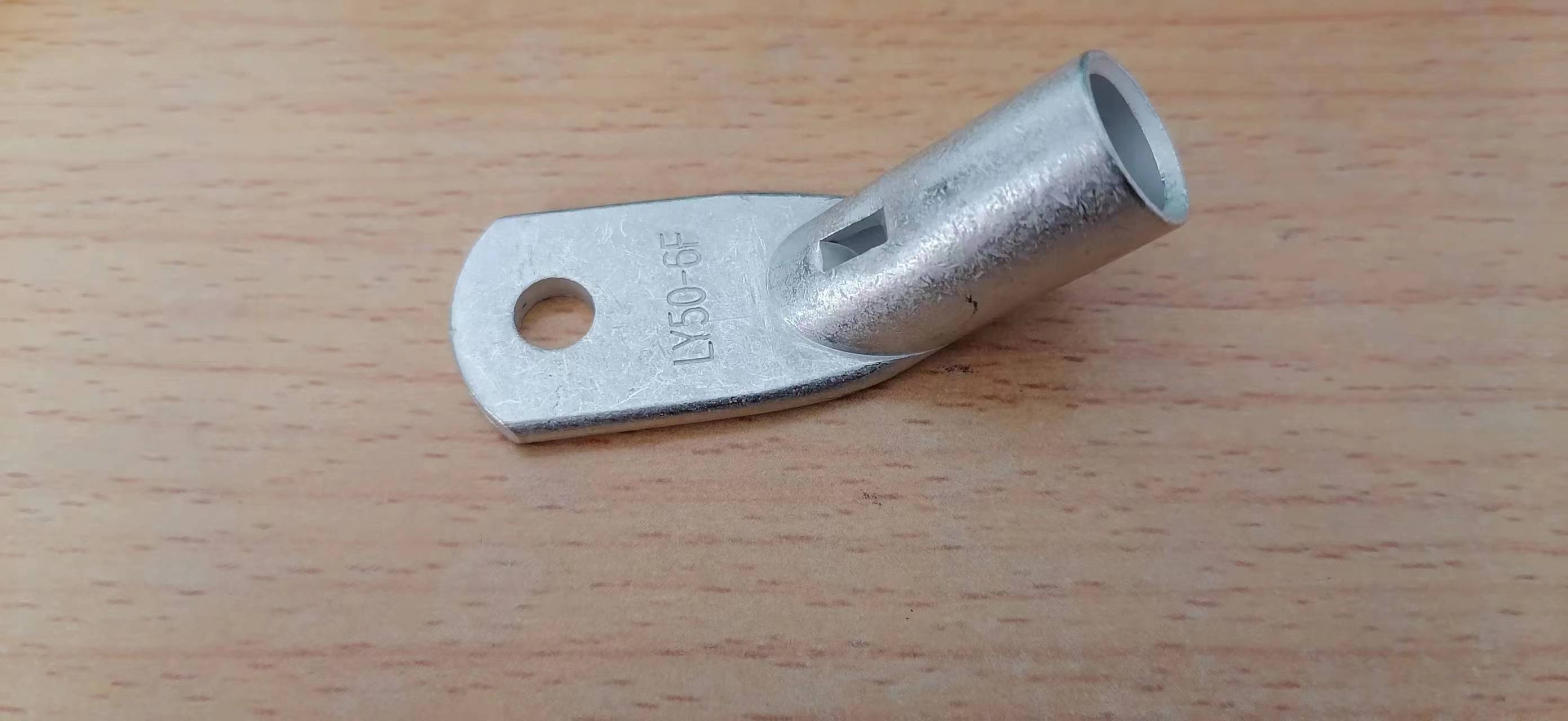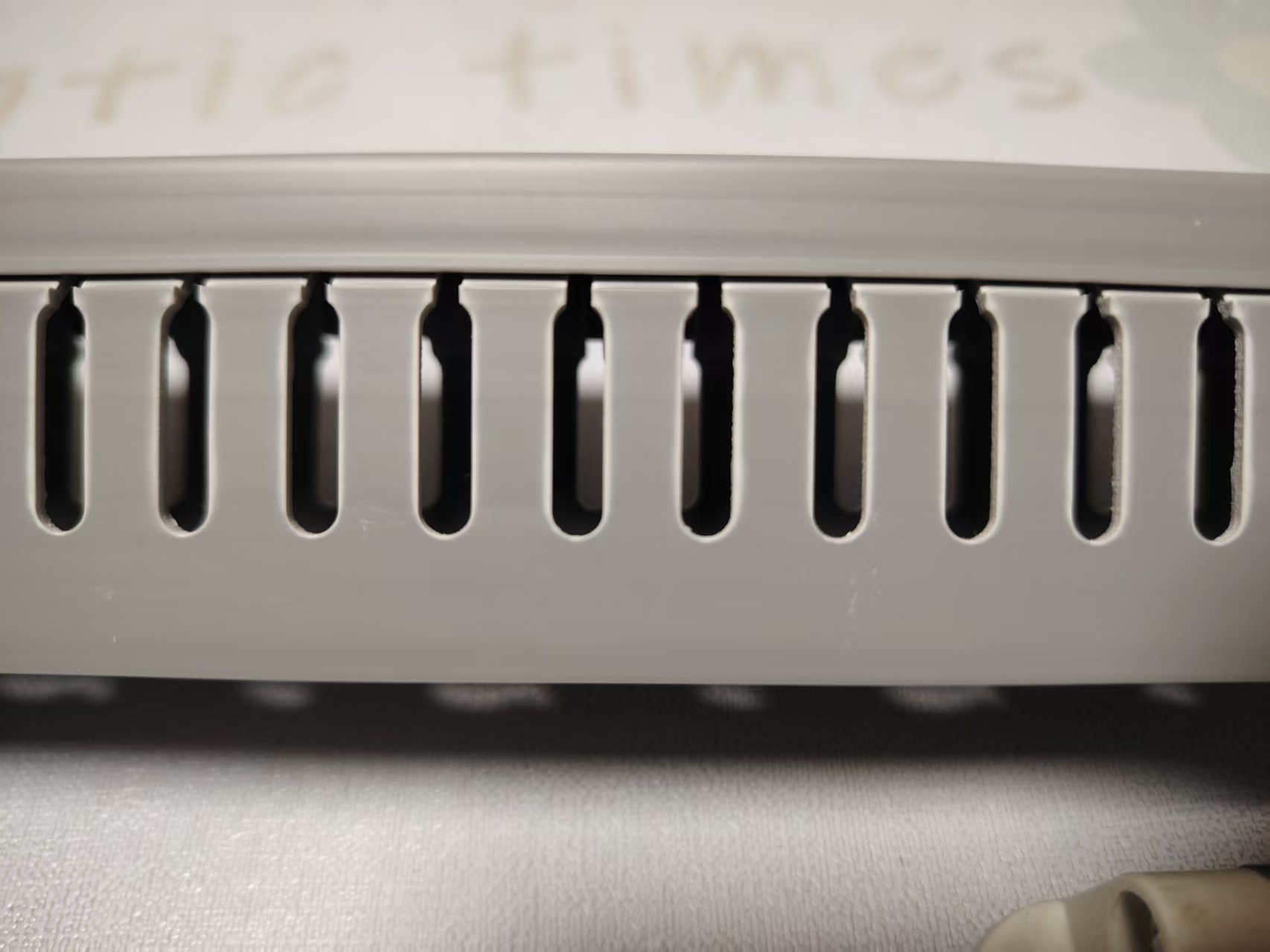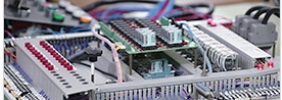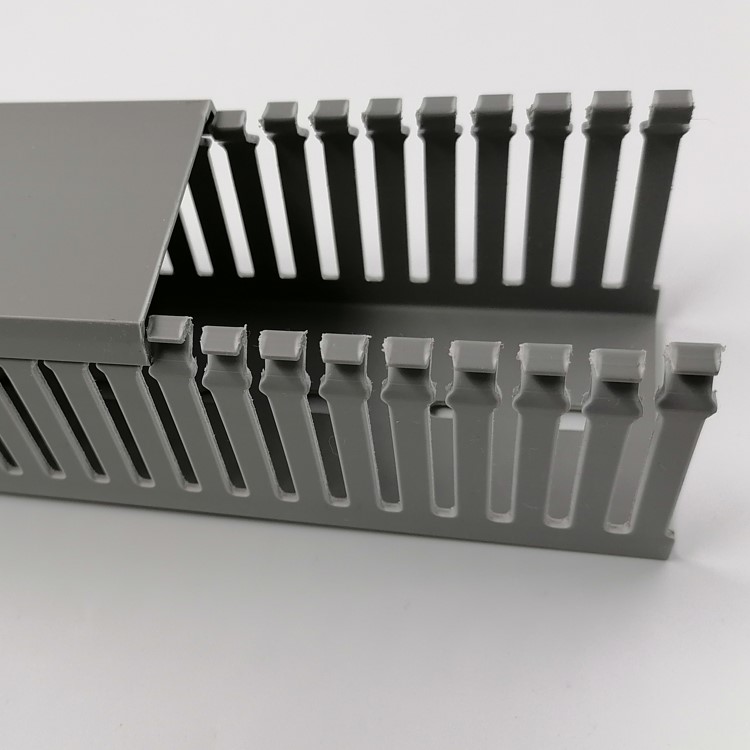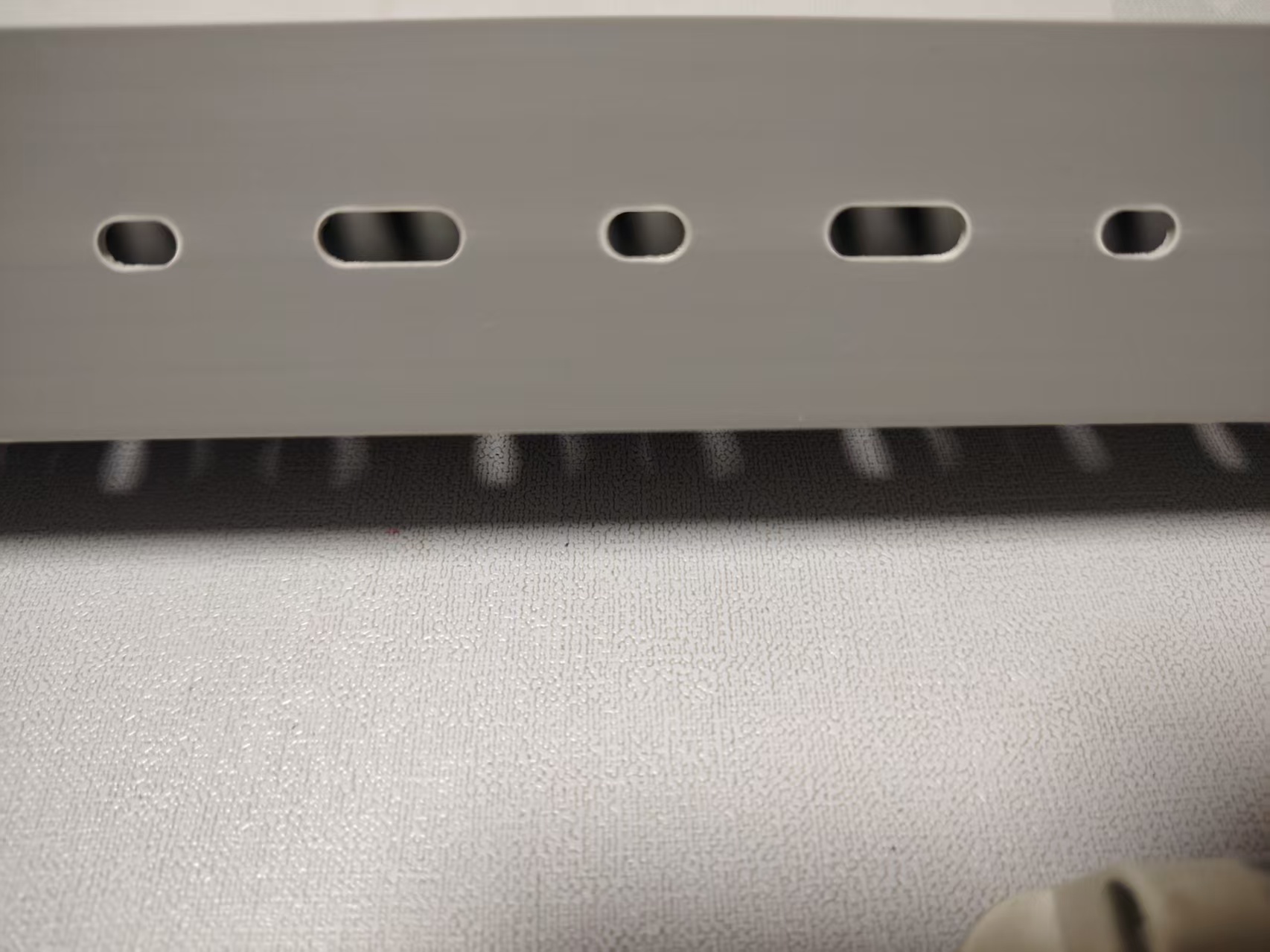Contact bounce (also called chatter) is a common problem with mechanical switches, relays and battery contacts, which arises as the result of electrical contact resistance (ECR) phenomena at interfaces. Switch and relay contacts are usually made of springy metals. When the contacts strike together, their momentum and elasticity act together to cause them to bounce apart one or more times before making steady contact. The result is a rapidly pulsed electric current instead of a clean transition from zero to full current. The effect is usually unimportant in power circuits, but causes problems in some analogue and logic circuits that respond fast enough to misinterpret the on‑off pulses as a data stream.[5] In the design of micro-contacts, controlling surface structure (surface roughness) and minimizing the formation of passivated layers on metallic surfaces are instrumental in inhibiting chatter.
In the Hammond organ, multiple wires are pressed together under the piano keys of the manuals. Their bouncing and non-synchronous closing of the switches is known as Hammond Click and compositions exist that use and emphasize this feature. Some electronic organs have a switchable replica of this sound effect.[6]
